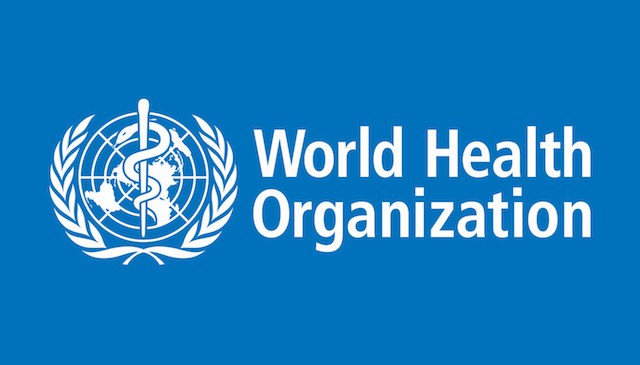A little less recently, in 2014, in the Ituri district of the Democratic Republic of the Congo, several people, 60 percent of them children, became sick after taking a medicine believed to reduce shivering and fevers from malaria. It turned out the medicine, contained haloperidol, an antipsychotic substance, used to treat schizophrenia.
Investigators found that the tablets people had been taking contained 13 mg of the drug, about 20 times the maximum recommended dose for a child. By the time the source of the problem was identified, 930 people had been hospitalized and 11 had died. These two examples illustrate why we need good regulatory oversight of health products. In the first case, the action was taken early enough to avoid long-term consequences; in the second, the action came too late to avert at least 11 tragedies.
Assistant Director-General for Medicines and Health Products at the World Health Organisation (WHO), Mariângela Simão, said: “True access and the health gains that come with it can only be achieved if globally, regionally and nationally health products do what they are meant to do – prevent illness and improve people’s health. They can only do that if sound regulatory systems are in place.”
Despite global progress, serious problems with health product quality and safety persist, particularly in lower- and middle-income countries. These problems threaten the health of people every day and waste resources. Quality and safety of medicines, vaccines and other products are compromised when manufacturers, whether by accident or intent, produce substandard products, when the supply chain allows unsafe medical products through, and when systems (usually due to lack of resources) are too slow to respond to adverse events.
Current regulatory capacity and enforcement are insufficient in most developing countries. WHO estimates that only three out of 10 regulatory authorities globally function according to acceptable standards. To compound that, manufacturing of health products has become increasingly globalized, with products and the materials that go into them crossing several borders before they reach patients, requiring even greater global vigilance. And with the rise of non-communicable diseases, such as cancer, cardiovascular conditions and diabetes, regulatory authorities in developing countries are facing greater workloads and new demands to regulate innovative products.
Universal health coverage will bring about greater access to medical products, but we must ensure that those products are quality-assured, safe and effective so that they do what they are supposed to do – prevent illness and improve people’s health. That is why the launch of WHO’s five-year plan ‘Delivering Quality-assured Medical Products for All 2019–2023’ is important.
The plan outlines work and activities to reach four main objectives:
*Strengthen country and regional regulatory systems – improving the functioning of regulatory authorities but also speeding up product registration timelines so that patients can get the product sooner, and facilitating cross-border collaboration;
*Increase regulatory preparedness for public health emergencies – equipping regulators with the know-how to deal with emergencies, including by fast-tracking product approval processes and improving crisis communication.
Source: Pharmatimes

 In recent months regulators across many countries have recalled dozens of medicines to treat high blood pressure because they were found to contain potentially cancer-causing impurities.
In recent months regulators across many countries have recalled dozens of medicines to treat high blood pressure because they were found to contain potentially cancer-causing impurities.




